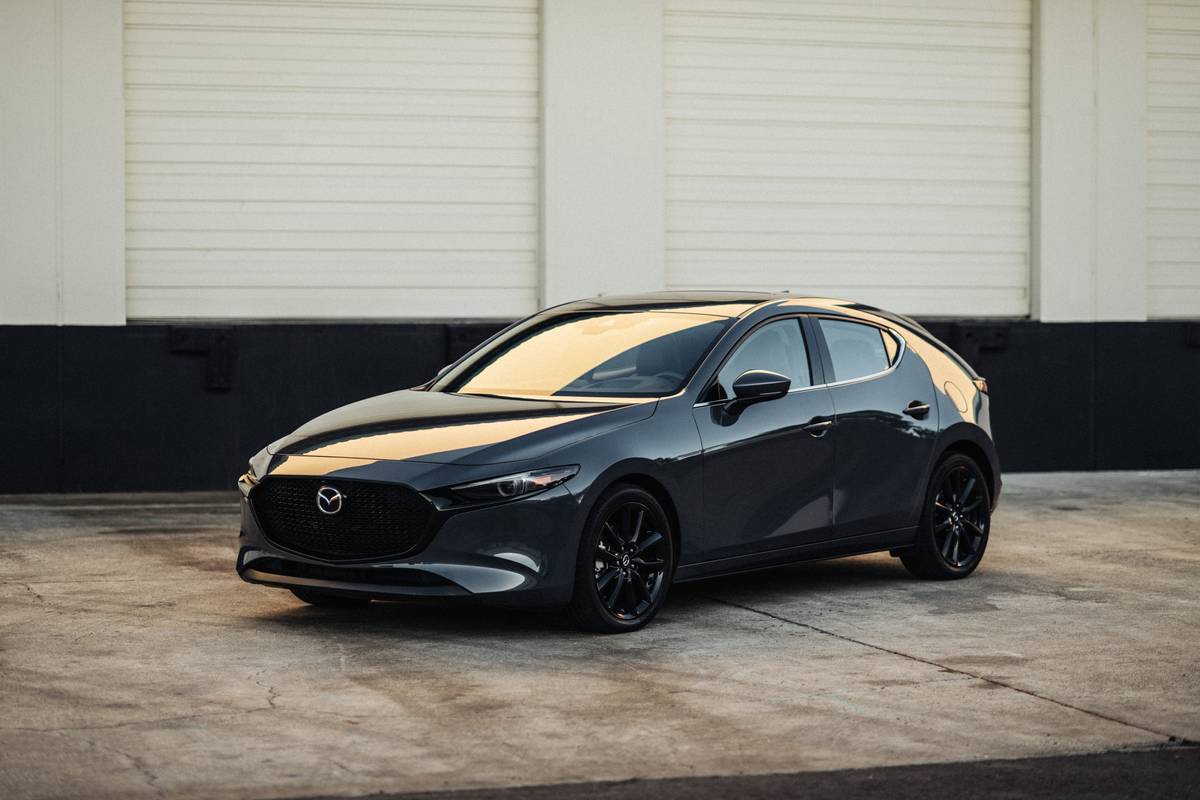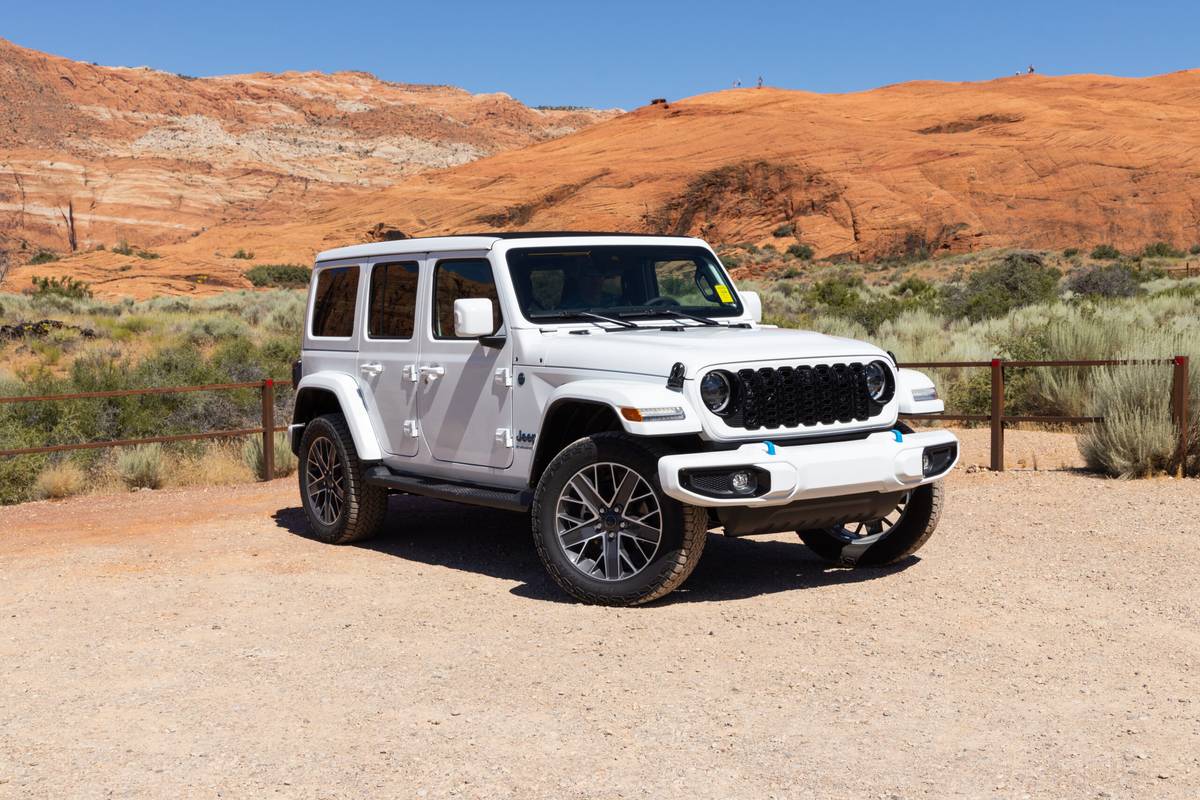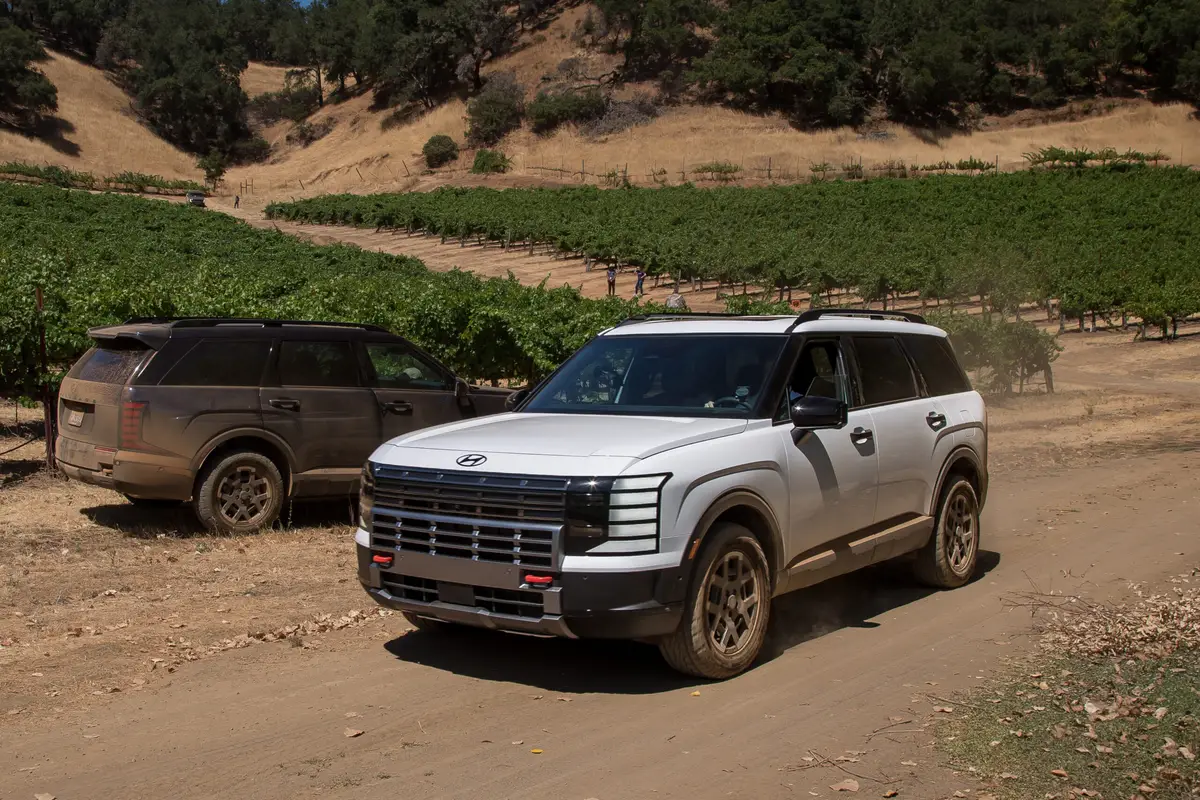Star-Telegram.com's view
P> Forget everything you ever knew about the Mercury Cougar, that overpriced, bulky, stodgy, rear-drive midsize coupe that Mercury dropped last year because of slow sales and general buyer apathy.
In its place, picture this: a youthful-looking, compact, front-drive hatchback coupe with cutting-edge design, an available V-6 engine and a price that youthful buyers of all ages can afford.
Welcome the 1999 Cougar, an all-new three-door that will appeal to just the consumers that Mercury desperately needs in its showrooms: Generation X-ers who want to make a statement in automotive fashion without having to take out a 30-year loan.
Mark my words: This car is going to be a success if enough young people hear about it and aren’t afraid to show their faces in a Lincoln-Mercury showroom, where the average buyer’s hair long since has turned to silver.
Ford Motor Co. proves with this car that it is serious about changing Mercury’s image. Of course, this isn’t the first time Ford has tried. Some notable recent failures at bringing in youthful buyers include the Capri, a two-door convertible made in Australia, and the Merkur, a European coupe that just never caught on. Part of the problem for both cars was dubious quality and reliability.
But the new Cougar is built by Ford; it’s not an import, although it was designed and engineered by a multicultural team at Ford’s Small and Medium Vehicle Center in Great Britain.
Underneath, it’s basically a Ford Contour/Mercury Mystique, the sedan clones that were designed in Europe. Neither has been a great success, however, since they are close in price but somewhat smaller than the better-selling midsize Ford Taurus/Mercury Sable sedans.
With all the unused production capacity at the Contour/Mystique factories, Ford had lots of room available to build the Cougar.
And I’ll guarantee that if you’re in the market for a compact coupe, you’ll find the Cougar at least worth a test drive.
The Cougar comes with a choice of the 2.0-liter, Zetec four-cylinder engine of the Contour/Mystique, which cranks out 125 horsepower and 130 foot-pounds of torque; or the sportier-performing 2.5-liter, Duratec 24-valve V-6, rated at an impressive 170 horsepower and 165 foot-pounds of torque.
We tested the V-6 model, whose base price is $16,695 plus $400 transportation. Although a five-speed manual gearbox is standard, ours came with the four-speed automatic transmission, an $815 option. For sportiest performance, forget the automatic and go with the manual.
Because the V-6 engine doesn’t develop full torque until it reaches 4,250 rpm, and full horsepower until it hits 6,250 rpm, this car doesn’t sprint from the stoplight like cars with more low-rpm grunt. In fact, it’s a bit slow on the uptake.
But it does shine once it gets near highway speeds and it’s ready to pass and merge on the freeway with ease.
Handling has a heavy feel like that of a sports car, with accurate and precise steering. The car corne rs remarkably well, thanks to a MacPherson strut front end and a Quadralink rear suspension engineered to minimize rear skids.
Braking on our test car was sure and straight, thanks to the optional antilock braking system ($500). And the optional traction control ($235) helped keep the vehicle going smoothly on slippery surfaces.
The front bucket seats are very comfortable but the two rear bucket seats are best left to kids.
I found the front bucket seats very comfortable but the two rear bucket seats are best left to kids — like most rear seats in compact coupes. Instruments are large, simple dials that are easy to read and understand; there’s none of that digital silliness that auto makers have recently become fond of.
The manual air-conditioning is cold enough and the fan strong enough to keep a polar bear comfy and the dashboard vents are super-easy to move to direct the cold air where you want it. This is one of the best air-conditioning systems on the market.
Thec o area, accessed by raising the hatchback, is large for this class — 12.4 cubic feet. It can be extended by folding down half or all of the rear seat back.
I had only a couple of complaints: The rearview mirror is too low on the windshield; it restricts the driver’s view. Likewise, the B-pillars, at the rear of the two doors, are too wide; they restrict the view when looking to the side.
Our test car came with dual front air bags, a standard feature, as well as side air bags for the front occupants, a $375 option.
Standard features include side-impact door beams, antitheft system, side turn signals, power windows and door locks, tilt steering wheel, rear defroster, variable intermittent wipers, rack-and-pinion power steering, front disc/rear drum brakes, 16-inch aluminum wheels, projector-beam headlights, dual power/heated outside mirrors, premium AM/FM/cassette stereo, driver’s seat power height adjustment, solar-tinted glass and a micron air-filtration system.
Extras on our test car were many, including the V-6 sport group ($775), which added fog lamps, leather-wrapped shift knob and steering wheel, rear-deck spoiler, and illuminated mirrors; V-6 convenience group ($720), that brought cruise control, rear wiper/washer, remote key-less entry, and automatic interior illumination when doors are unlocked; power tilt/slide sun roof ($615); power driver’s seat ($235); and unspecified “other optional equipment” ($945).
Total price for our test vehicle was $22,310, including transportation. But bear in mind that you could leave most of the options off and still have a well-equipped V-6 Cougar for well under $20,000.
EPA fuel-economy estimates are 20 miles per gallon in the city and 29 mpg on the highway. The tank holds 15.6 gallons of fuel.
Latest news



